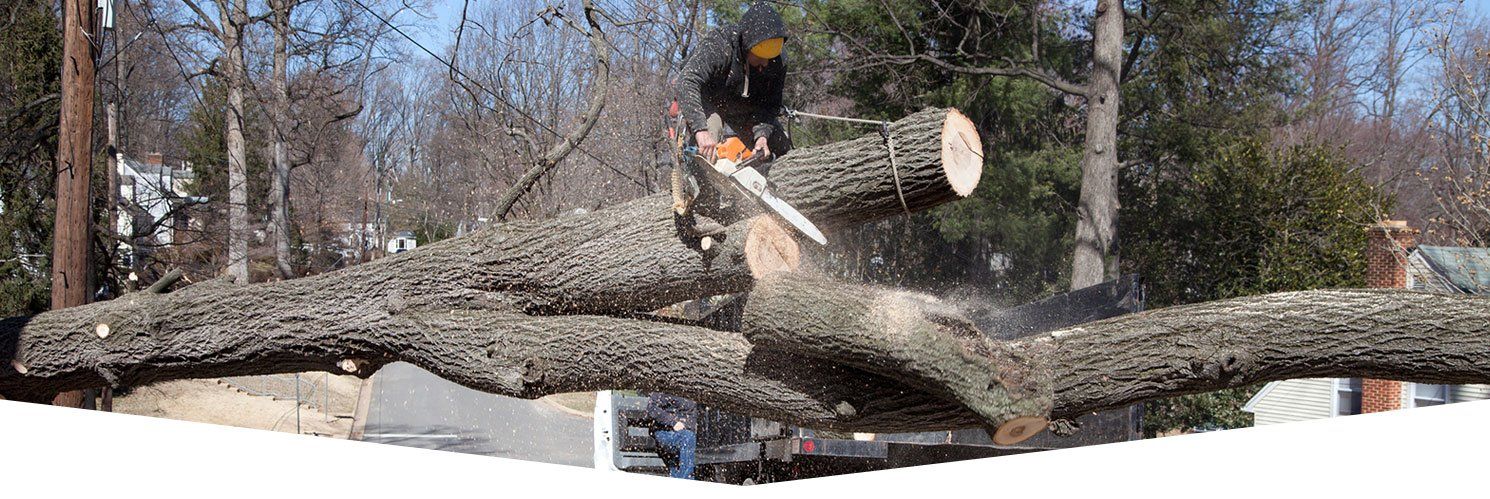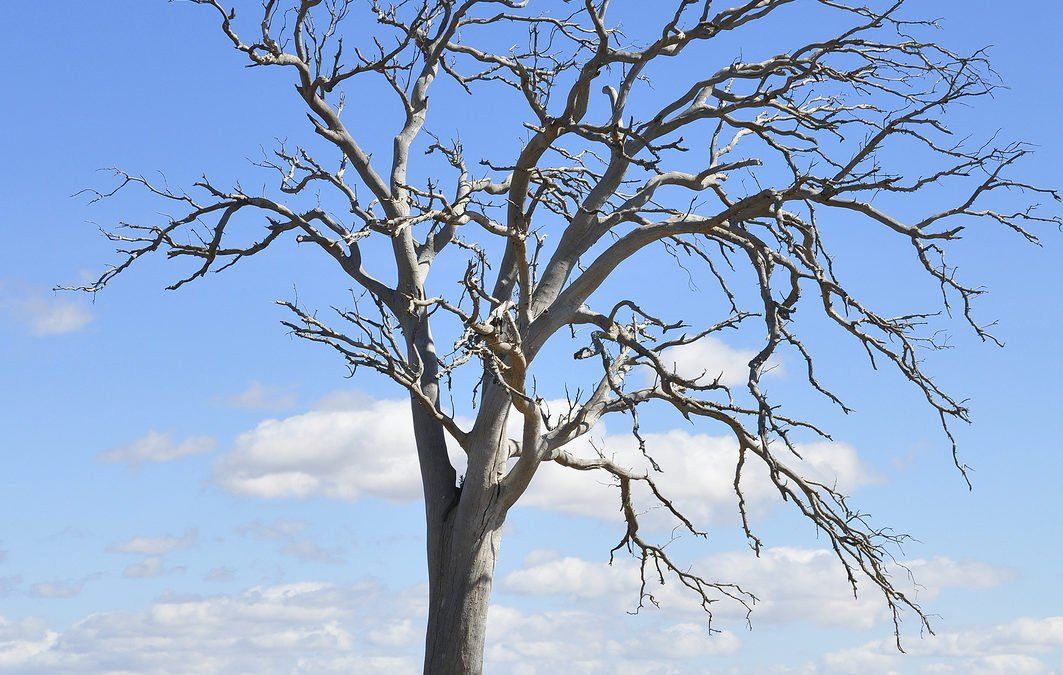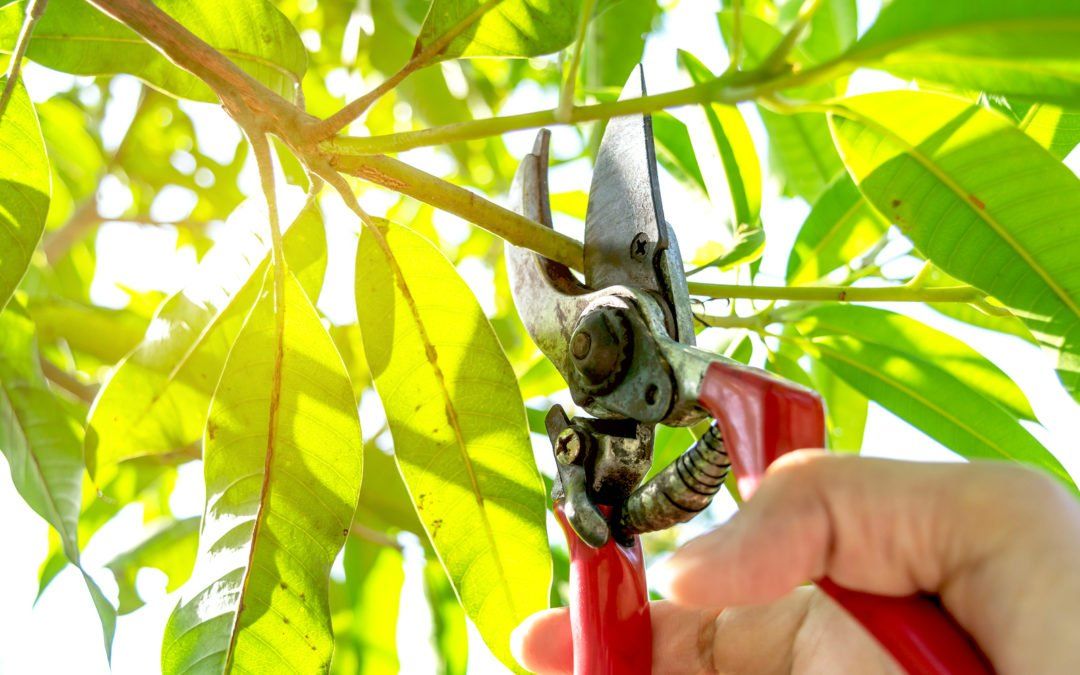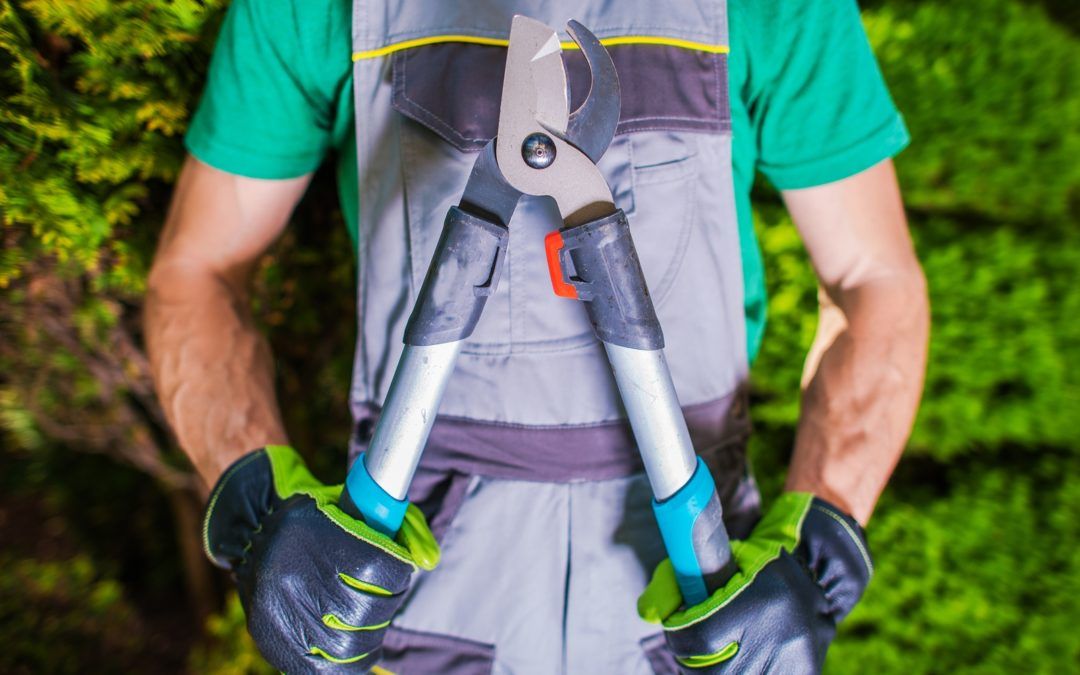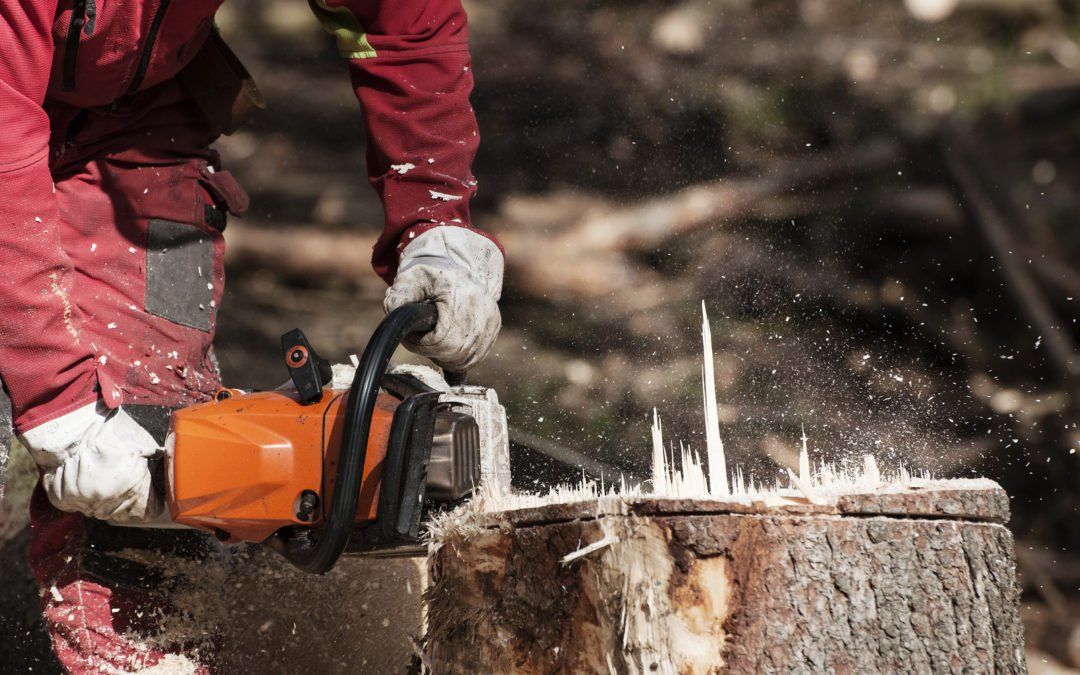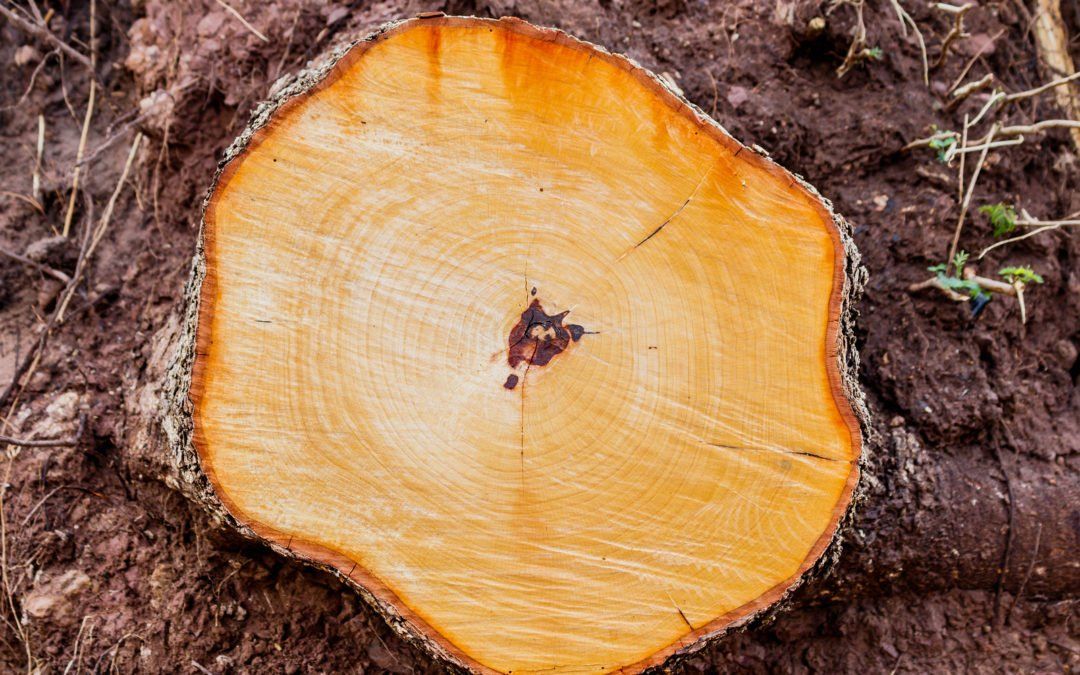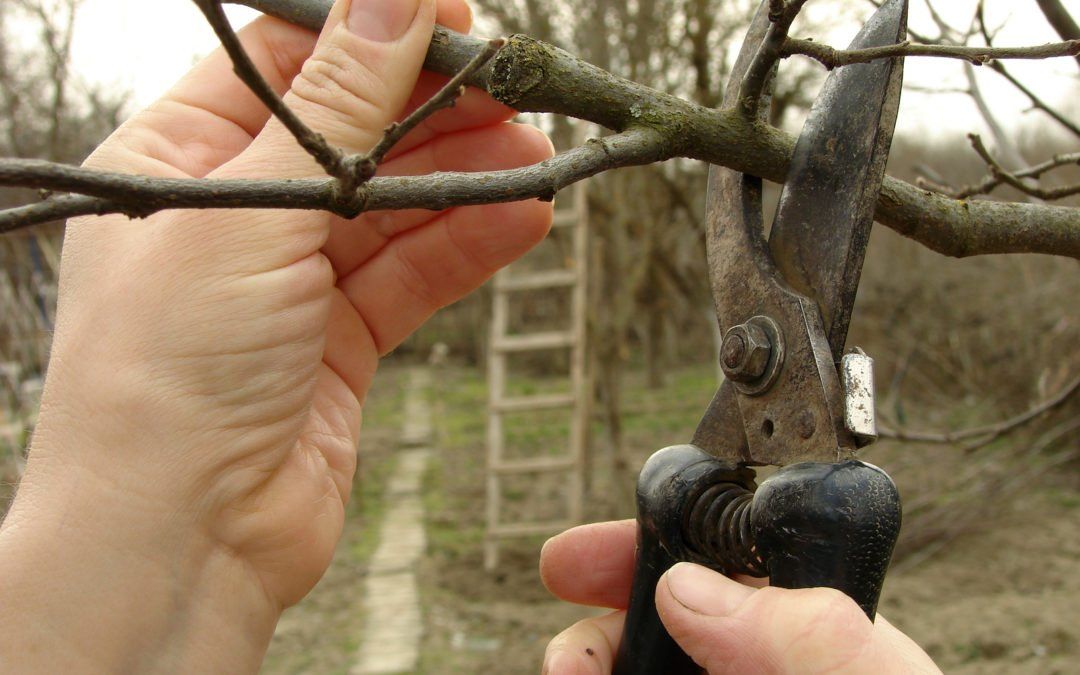When To Trim a Tree’s Branches
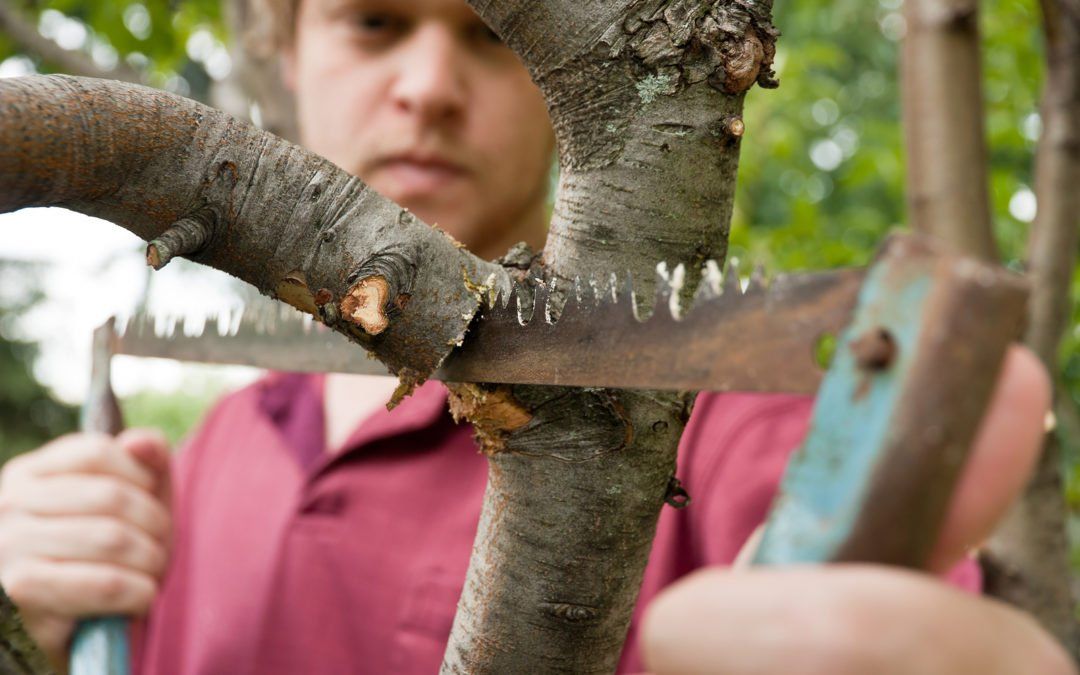
How Do You Know When To Trim Your Tree's Branches?
Trimming, pruning, cutting — whatever you decide to call it, there are times when it becomes necessary. Trees in the Raleigh Durham area have a great climate to thrive, so we often forget they do take some attention. So, when should you trim a tree’s branches? Let’s look at a few instances.
- When the crown becomes too thick and crowded — The crown of a tree includes all of its limbs and leaves. These can grow into a jumbled mess if they aren’t pruned. Crowded crowns will prevent proper air flow and make the tree top heavy.
- For “aesthetic” reasons — Aesthetics is just a fancy way of saying looks. If the tree is taking on a wilder look, it may be time to trim the branches to bring them under control. Professional arborists will especially know how to make a tree appear its best.
- To stop a problem before it grows — You do not have to wait for a limb to grow out over your car or home before eliminating it. In fact, if you wait until the limb is heavy and overhanging a sensitive spot, it will likely require major machinery and big costs to solve.
- When a branch has died — Otherwise healthy trees sometimes have dead limbs. To keep the tree healthy though, these limbs should be eliminated. Dead limbs can use up necessary resources like water and nutrients. Then, of course, there is the danger of a dead branch falling and harming people or property.
- Around power lines or other obstructions — You should not attempt to cut branches around power lines or utilities yourself, but this is still a common reason to trim trees. In these cases, utilities will often do the work themselves in order to protect their infrastructure. If not, professionals like Henry’s Tree Service may be able to help
Henry’s Tree Service trims trees in the Triangle area
Trimming branches from a tree is often a dangerous job. There is the risk of falling, of limbs falling on you, your loved ones or your property and of being injured by the sharp tools (like saws and axes) used to get the job done.
To avoid the trouble and the risk, Triangle area property owners can trust Henry’s Tree Service to safely and effectively trim their trees. We serve all of Wake County as well as Durham County, Franklin County, Chatham County and Johnston County. Call us at (919) 532-9141 to connect with us today.

